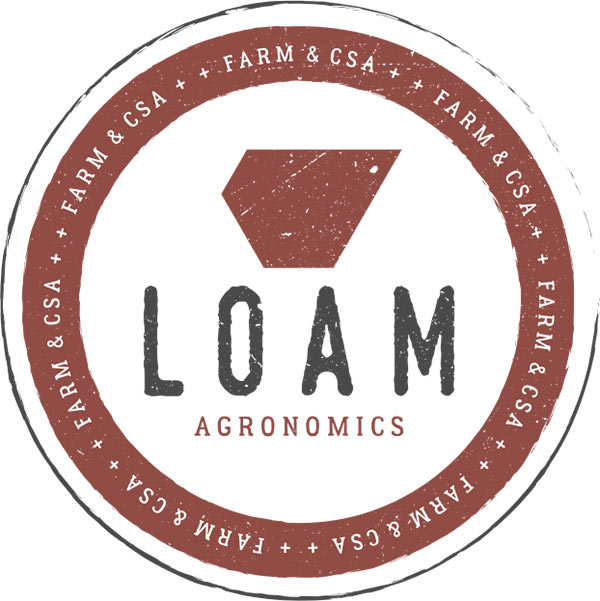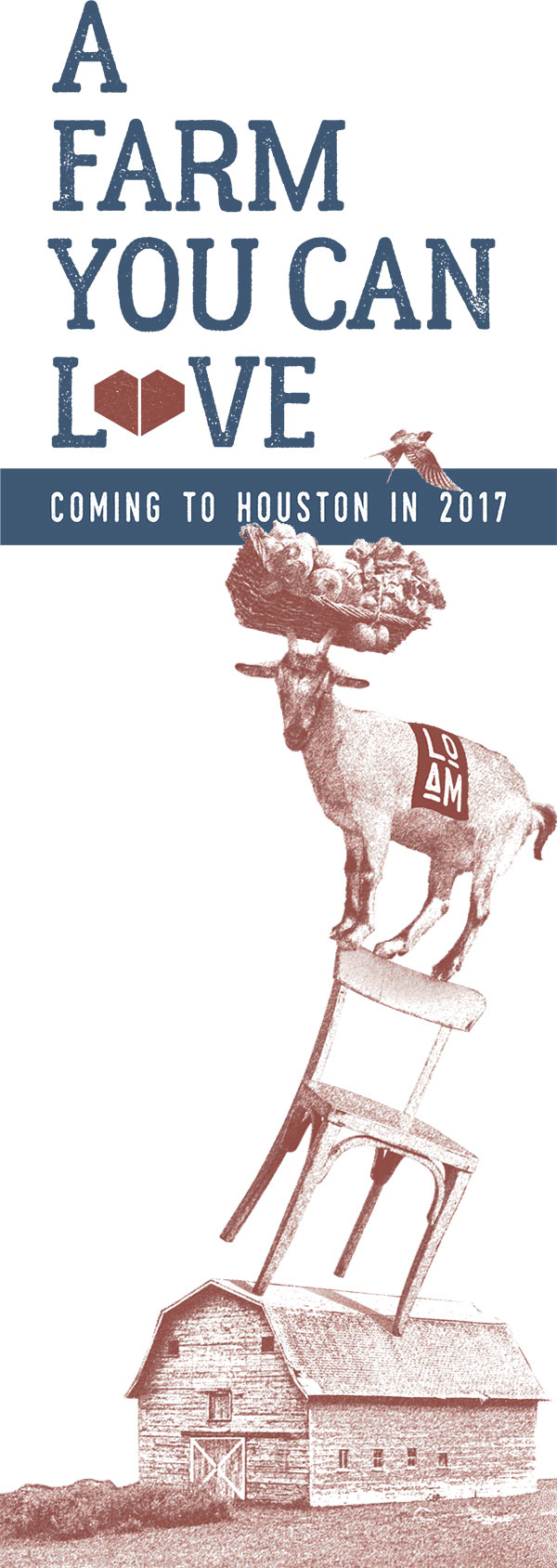
 Sponsoring Swamplot today: Loam Agronomics, as a way of introducing the company’s new CSA program for Houston. Thanks for the support!
Sponsoring Swamplot today: Loam Agronomics, as a way of introducing the company’s new CSA program for Houston. Thanks for the support!
Have you been looking for a way to get a regular supply of fresh, locally grown produce for your household? Do you like the idea of eating food that hasn’t been shipped thousands of miles, but is picked at peak ripeness nearby and available to you in 48 hours or less? Then you’ll want to know all about the launch of Loam Agronomics.
The first crops are growing now on a 40-acre portion of a 288-acre agricultural site the company has acquired in Richmond. And you can participate — by joining the Loan Agronomics CSA. CSA stands for Community Supported Agriculture. The CSA will give Houston residents direct access to high-quality, fresh produce grown on this local farm.When you become a member of the Loam Agronomics CSA, you’re purchasing a weekly “share†of vegetables from the company and supporting the production of local food in your community. Loam Agronomics will begin regular weekly distribution of CSA shares in March.
Loam Agronomics is a project of the same people behind Edible Earth Resources, the local gardening firm that’s been transforming some high-profile urban lots in Houston into attractive edible gardens. Loam Agronomics will serve much of the same community, but at a larger scale.
If you’ve got questions about the CSA program or the operation and standards of the farm, take a look at the answers to the FAQ posted on the brand-spanking-new Loam Agronomics website.
Loam Agronomics offers:
- Drop sites across Houston
- Pickups on Thursdays and Saturdays
- Signups available any time
- Cooking and storing tips
- Community events
. . . all for just $30 per week.
To sign up, all you need to do is select a convenient drop site; fill out a member information profile; and choose a payment plan (4-, 12-, 26-, and 52-week plans are available, some with discounted rates) — all of which you can do from this page on the Loam Agronomics website.
Are you supporting Swamplot sponsors? They help make Swamplot possible! Learn more about the program here.




